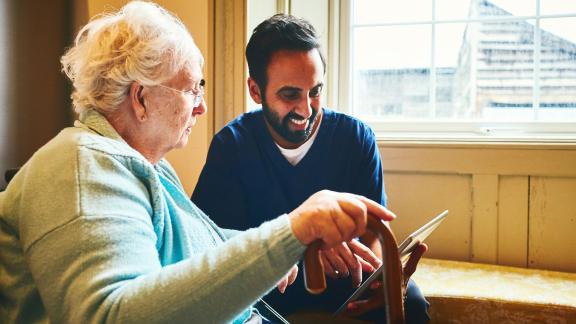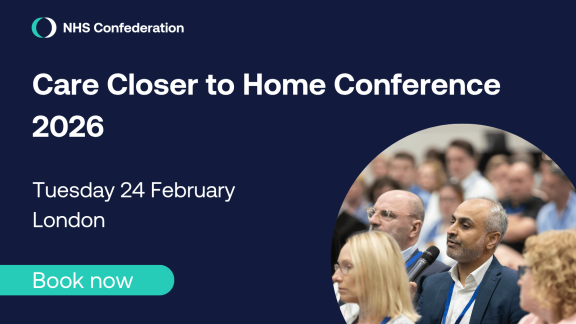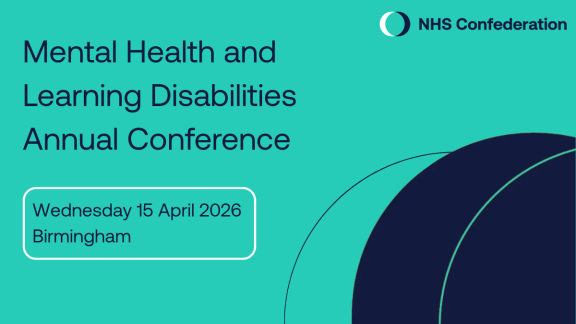Deploying tech to counter the Tudor Hart Inverse Care Law

Overview
The Roxton Practice increased productivity, patient engagement and patient satisfaction through measuring digital readiness to understand the most suitable care delivery method for individual patients.
What the organisation faced
The Roxton Practice serves a population of over 35,000 people across north-east Lincolnshire and is tasked with delivering safe, effective and equitable care in the context of marked social and economic inequality. The rapid deployment of technology during the pandemic highlighted high levels of digital exclusion and the negative impact that a digital-first approach can have on equitable access to care. Roxton wanted to understand how to deploy technology for the greater good of all of patients, ensuring not to exacerbate the Tudor Hart Inverse Care Law.
Improvement
Understanding patients
In partnership with eHealthcompass, The Roxton Practice developed and deployed a digital readiness survey to understand patients’ digital skills, tools and tech engagement levels. To date, over 15,000 patients have been surveyed by email, text, phone call or face to face. The information gathered has helped healthcare professionals and admin support staff to understand the most suitable care delivery method at the time of need.
Process change
Tech-enabled care is not always suitable, and engagement levels can change for personal and social reasons. As such Roxton created both digital and non-digital options for each care pathway to ensure that patients can switch between methods seamlessly if needed.
Picking the right care
The patient-specific digital readiness measure is used to predict the most suitable option for the individual patient. This can be:
tech-enabled care at home
tech-enabled care at a digital access point
group events
one-to-one care with a clinician by phone or in person.
Outcome
The concept of measuring digital readiness and using this information to help the practice to deliver better care has been well received by patients and staff. Understanding a patient’s digital readiness has helped Roxton to increase patient engagement, increase patient satisfaction and increase productivity. This is achieved through reduced duplication of administrative tasks, as deploying technology to patients that cannot or do not want to use it only increases work for everyone. It also provides an opportunity to reduce digital exclusion with targeted digital skills training in the practice and/or signposting to the support in the voluntary, community, and social enterprise (VCSE) sector. This approach was a key enabler in the Connected Health Network model for primary-to-secondary care referrals. Cardiology Outpatient Department (OPD) waiting lists were reduced from a number of months to a few weeks, and uptake of a patient-facing app for COPD care was increased by over 400 per cent.
Lessons learned
The process of measuring the digital readiness of all patients can be time consuming if those most in need of support are to be contacted. To reap the rewards of this approach, organisations should work in collaboration with other health and social care organisations to collect the information. The process change required to ensure confluent pathways can also be time consuming. In partnership with eHealthcompass, Roxton has standardised and automated the processes change methodology to ensure that best practice is identified and scaled across the region.



